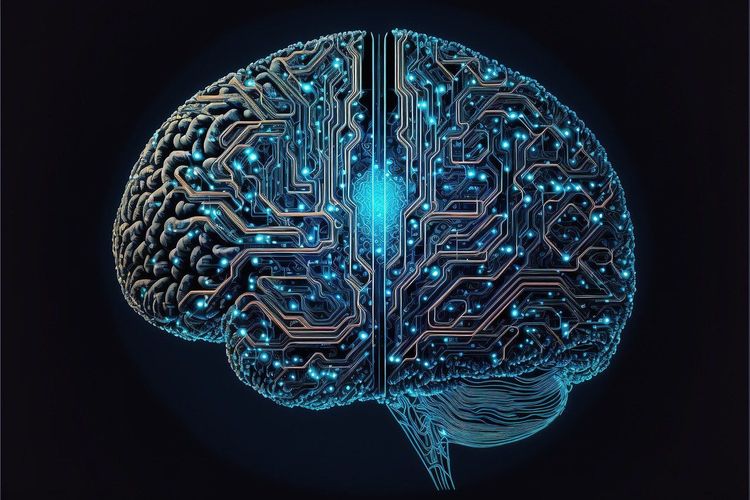AI Image Generation Breakthrough: Brace for a Surge of Deepfakes (Is LoRA Outdated?)
Most people like

Dust is an innovative AI assistant designed to enhance team collaboration by streamlining content creation and facilitating informed decision-making.

Transform your images into responsive HTML with our advanced AI-powered image to HTML converter. This innovative tool streamlines the process, allowing web developers and designers to effortlessly convert visual content into high-quality, customizable HTML code. Enhance your website's efficiency and aesthetics by leveraging cutting-edge technology designed to save you time while delivering exceptional results. Perfect for anyone seeking to optimize web design workflows, our converter is user-friendly and reliable. Start converting your images today!

Ensure Content Authenticity with AI Technology
In today's digital age, verifying the authenticity of online content is more crucial than ever. With the rise of misinformation and deepfakes, utilizing AI technology to check content authenticity has become a reliable and efficient solution. This innovative approach not only helps individuals and businesses uphold their credibility but also fosters trust in online communication. Let's explore how leveraging AI can transform content verification and secure the integrity of information.
Find AI tools in YBX




